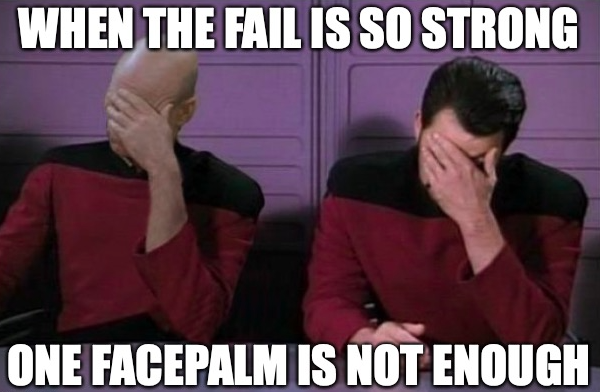
The promise of digitalisation is everything will be easier, faster, more efficient, … you name it. Also important: you integrate your customers. Sounds good, doesn’t it? I work in IT myself and benefit directly from this narrative, but sometimes I am not only speechless, but really infuriated at how badly it can be messed up. What got me in this state? The instrument of direct debit authorisation.
The protagonists: Vodafone and myself. And my colleague, who felt an irresistable need to switch from plague to cholera. What set this all off? A mobile phone contract paid by the company. He fills out the PDF (online?) and sends it to me to sign, nicely by email. Up to this point, everything has gone wonderfully, no trees had to die, everything is nice and “digital”. I just think: yes, AOK, quickly sign the PDF on the laptop and send it back to him by e-mail. 2 minutes, just as my first sentence implied. But my PDF programme won’t let me save it. Hm, next attempt: Adobe Pro. No joy again. Funny, a problem, I’m hooked and want to solve it. Others would have started the printer long ago. Back to the first programme: that can export PDFs to JPEG, which you can also sign.
A small aside, because many people here might think: huh? Well, when you sign on paper, you hold the pen in a sweeping motion and leave an imprint. It’s called a signature and ridiculously testifies that it was me who swung the pen. There are even things called iPads, that you can also wave a pen (without ink!) over and also leave an imprint, this time “digitally”. And that’s exactly what I wanted to do, dammit. Without printing, scanning and emailing again. But back to my problem: WTF, Vodafone, why do you print such a long QR code on the PDF? Does that stop me from converting or editing? Wait a minute, why are you protecting a file from being changed, which you use to collect customer information?
I gave it my best for 15 minutes, then printed, signed with a ballpoint, scanned and emailed. Then I had this weird feeling of shame and anger. In a professional context, I would call it a lousy customer experience. Instead of helping me feel good about this contact and connecting that with you (=Vodafone), you made me fail. Before I had fully recovered from that, the next colleague contacted me. No joke: same problem on the same day. However, he has a contract with klarmobil. They don’t seem to be as technologically advanced yet, or they simply have different evidence requirements. This PDF had no protection and I sent it back to him after 30 seconds. His reply: “Wow, that was fast.“
I felt like crying. If this is the best German industry in the field of digitalisation and green-washing can do, then good night… If I’m ever bored, I’ll try to figure out how to do that with PDFs, but who needs that (except Vodafone, apparently)? And if you’re thinking, “Oh come on, f… them,” – next time I might tell you about the so-called “Technical” health insurance company, whose direct debit authorisation process was also “super-digital”.
What has upset you most recently about failed digitalisation projects and how could it be done better? We look forward to your comments.
Original text: MHA
English translation: BCO
Bildquellen
- The fall: imgflip.com

